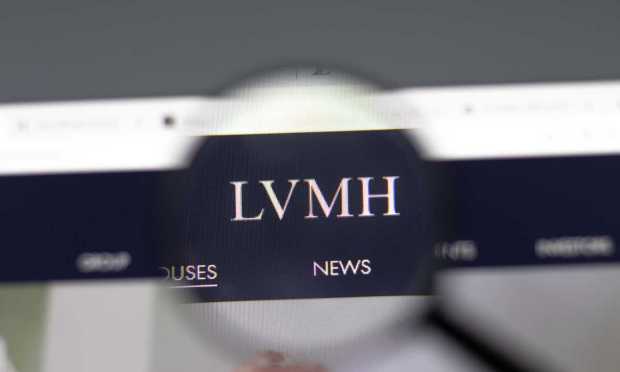LVMH’s Unstoppable Luxury Train Detours to the TikTok Masses

Within hours of posting slump-defying third quarter results that starkly reflected wealthy consumers’ continued insulation from the effects of inflation, French luxury giant LVMH then went on to make a second, head-turning move Tuesday (Oct. 11) when it launched its debut video clip and new profile to TikTok’s 1 billion+ active users.
As to the dynamics behind the initial event, the Moët Hennessy Louis Vuitton luxury empire of designer labels and high-end brands was able to deliver 19% sales growth for the quarter, and a 28% gain year to date, thanks in part to American tourists in Europe, armed with historically strong U.S. dollars, making record purchases of the company’s exclusive merchandise.
“Against an uncertain geopolitical and economic backdrop, [LVMH] Group is confident in the continuation of current growth and will maintain a policy of cost control and selective investment,” the Paris-based company said in a business update titled “Growth Continues at the Same Pace.”
While markets, investors and LVMH’s luxury retail rivals were digesting the continued strength of the luxury sector, as well as the category leader’s full-steam-ahead, no scale-backs planned outlook, the $300 billion company controlled by billionaire Chairman and CEO Bernard Arnault then made a decidedly down-market detour via its first-ever appearance on TikTok.
In the lone 15-second clip, the inaugural post managed to pack in roughly 30 different brand images as well as a tags for fashion and academy and a note urging users to “stay tuned.”
Whether LVMH’s belated arrival to short-form video format garners additional sales remains to be seen, but its social commerce move is clearly a million miles away from the glossy ads in Vogue, fashion week runway models or posh interiors of its boutique shops in New York, Paris, Tokyo and beyond where it is typically found.
Luxury Leadership
To be sure, questioning the marketing decisions of one of the world’s most powerful, successful and well-funded portfolios of brands would be ill-advised in most circles. And yet, it would not be a stretch to say that it is at least a little jarring to see the likes of Louis Vuitton, Dior, Fendi and other luxury labels getting mixed into the same stream as a pony getting its hooves clipped and some guy making omelets.
While no public comment was made concerning LVMH’s new social strategy, the company’s confidence and outlook showed no signs of slowing down, let alone the talk of inflation and recession concerns espoused by JPMorgan CEO Jamie Dimon and others.
“LVMH is counting on the dynamic nature of its brands and the talent of its teams to further strengthen its global leadership position in luxury goods once again in 2022,” the company told investors Tuesday, a forecast that also had positive effect on numerous other high end retailers and brands on the belief that affluent consumers will continue to have the means to shop and will be willing and able to full price for top-dollar luxury goods.
While TikTok has made recent efforts to elevate the commerce side of its content offering with the launch of a new “Shopping Ads” function in August, it remains to be seen if the revision garners additional sales and conversions from consumers.
Beyond the short attention span that is inherent in the TikTok experience, as well as the clone apps like Instagram’s Reels or YouTube Shorts that are modeled after it, PYMNTS data has shown that there is still much work to be done to improve the shopping experience.
This as a survey of over 2,000 consumers last month for the “Enhancing The eCommerce Checkout Report: Streamlining User Experiences To Build Customer Loyalty” report showed 60% of consumers told PYMNTS their last checkout experience on a social media platform included some sort of pain point.
As long as current or would-be customers are only using TikTok and social commerce sites for inspiration from brands and influencers, the clunky conversion issue won’t be a problem. However, if brands want to make the most of their 15-seconds of short form fame, then the conversion problem will have to be addressed, whether it’s Tiffany’s or Target that’s doing the selling.
For all PYMNTS retail coverage, subscribe to the daily Retail Newsletter.